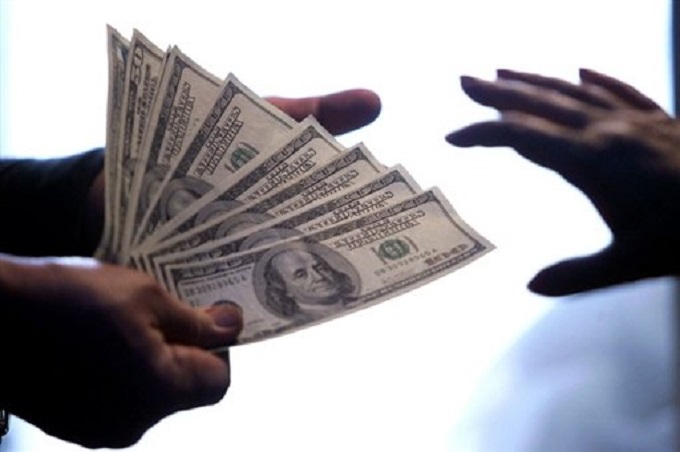Microsoft launches Windows 10 without usual hype
OVER the past 20 years, releases of new Windows operating systems have been marked by midnight sales parties, junkets crammed with reporters, and Microsoft’s biggest marketing campaigns.
The introduction of Windows 10 on July 29 is much quieter: no ringing the Nasdaq opening bell, no promos with sitcom stars or Rolling Stones songs — just 13 parties around the world to thank volunteers who’ve helped debug and refine the operating system during the past year.
“Having a big launch with celebrities, it might be newsworthy, but it’s not necessarily the step to a billion happy and engaged Windows users,” says Windows chief Terry Myerson.
Microsoft has promised shareholders that Windows 10 will reach one billion users within three years — which would give it the fastest adoption rate ever — even as the company shifts its focus to other products. It’s relying in large part on the five million volunteer bug testers, known as Windows Insiders, not only to make Windows 10 better but also to build loyalty for the OS.
It’s a humbling acknowledgment that as consumers shift from PCs to smartphones and tablets, the software synonymous with Microsoft isn’t the required tool it once was. In 2000, Windows ran on 97 percent of the world’s consumer computing devices including phones and tablets, Goldman Sachs estimates; today, it’s under 20 percent.
Under Chief Executive Officer Satya Nadella, Microsoft has begun to recognise that the biggest competition for a new version of Windows is no longer the previous version of Windows. To better spread Microsoft’s influence beyond its own operating systems, the company has acquired several makers of iOS and Android business apps and introduced new versions of Office apps on iOS and Android first.
The OS division’s marketing chief, Yusuf Mehdi, is talking about winning customers back from “other ecosystems,” such as those created by Apple and Google. To do that, Microsoft has tried to make Windows 10 as intuitive and inviting as possible.
Windows 8, released in 2012, annoyed users by making the PC into a tablet, eliminating familiar features like the Start Menu in favour of a touchscreen system based on taps and swipes that only a small percentage of PCs could take advantage of or accommodate at all. The new edition restores the Start Menu and lets users switch more easily between the touchscreen setup and a more traditional point-and-click interface. It’s a lot more natural than the Windows 8 setup, if not exactly revolutionary.
Microsoft has also replaced its decrepit Web browser, Internet Explorer, with a new one called Edge, which is missing some customisation options at launch but otherwise compares favourably with Chrome and Safari. The company’s Siri-like virtual assistant, Cortana, is built in, so you can bark out, “Tell Tim I’m running late,” and the OS will send an e-mail. Say, “Add milk to the grocery list,” and, with the help of GPS, Cortana texts your phone a reminder to buy milk when you’re in the parking lot at Stop & Shop. For its first year on the market, Windows 10 is free for consumers who have an earlier version of the OS, or $119 for those who don’t. – Bloomberg.










Comments